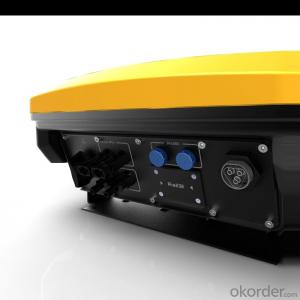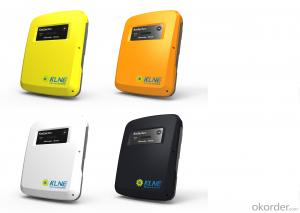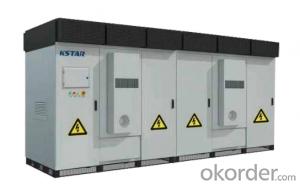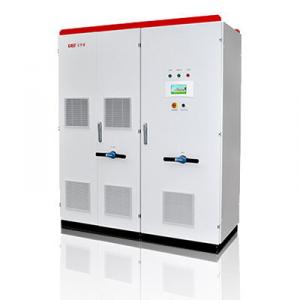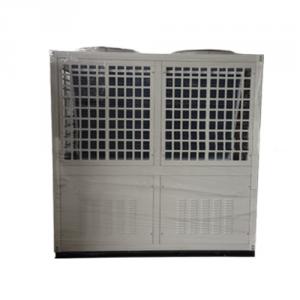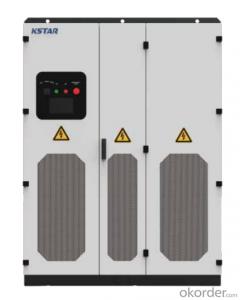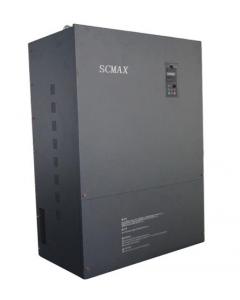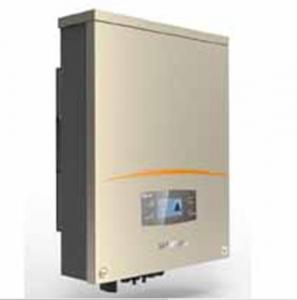Solar Central Inverter
Solar Central Inverter Related Searches
Central Inverter Solar Solar Solar Inverter Solar Charge Inverter Solar System Inverter Solar Converter Inverter Solar Panel Inverter Solar Charger Inverter Solar Electric Inverter Sun Solar Inverter Solar Battery Inverter Solar City Inverter Inverter Solar Cell Solar Photovoltaic Inverter Solar Energy Inverter Solar Ac Inverter Power Solar Inverter Solar Power Battery Inverter Sunshine Solar Inverter Solar Inverter Inverter Solar Power Ac Inverter Solar Plant Inverter Solar Module Inverter Solar Power Plant Inverter Solar Home Inverter Solar Light Inverter Solar Cell Micro Inverter Solar Rechargeable Inverter Inverter Solar Solar House Inverter Solar Controller InverterSolar Central Inverter Supplier & Manufacturer from China
Solar Central Inverter is a crucial component in solar energy systems, designed to convert the direct current (DC) generated by solar panels into alternating current (AC) that can be fed into the power grid or used by electrical appliances. This product plays a vital role in ensuring the efficient operation of solar power systems, making it an essential part of renewable energy solutions.The Solar Central Inverter is widely used in various applications, including residential, commercial, and utility-scale solar installations. It is particularly beneficial in large-scale solar farms where the conversion of DC to AC is necessary for connecting to the grid. This product is also suitable for use in off-grid systems, where it can help store excess energy in batteries for later use. Its versatility makes it a popular choice among solar energy enthusiasts and professionals alike.
Okorder.com, a reputable wholesale supplier, offers a vast inventory of Solar Central Inverter products to cater to the growing demand for solar energy solutions. With a commitment to quality and customer satisfaction, Okorder.com ensures that customers have access to reliable and efficient solar inverters at competitive prices. This extensive selection makes it easier for businesses and individuals to find the right Solar Central Inverter to meet their specific energy needs.
Hot Products
